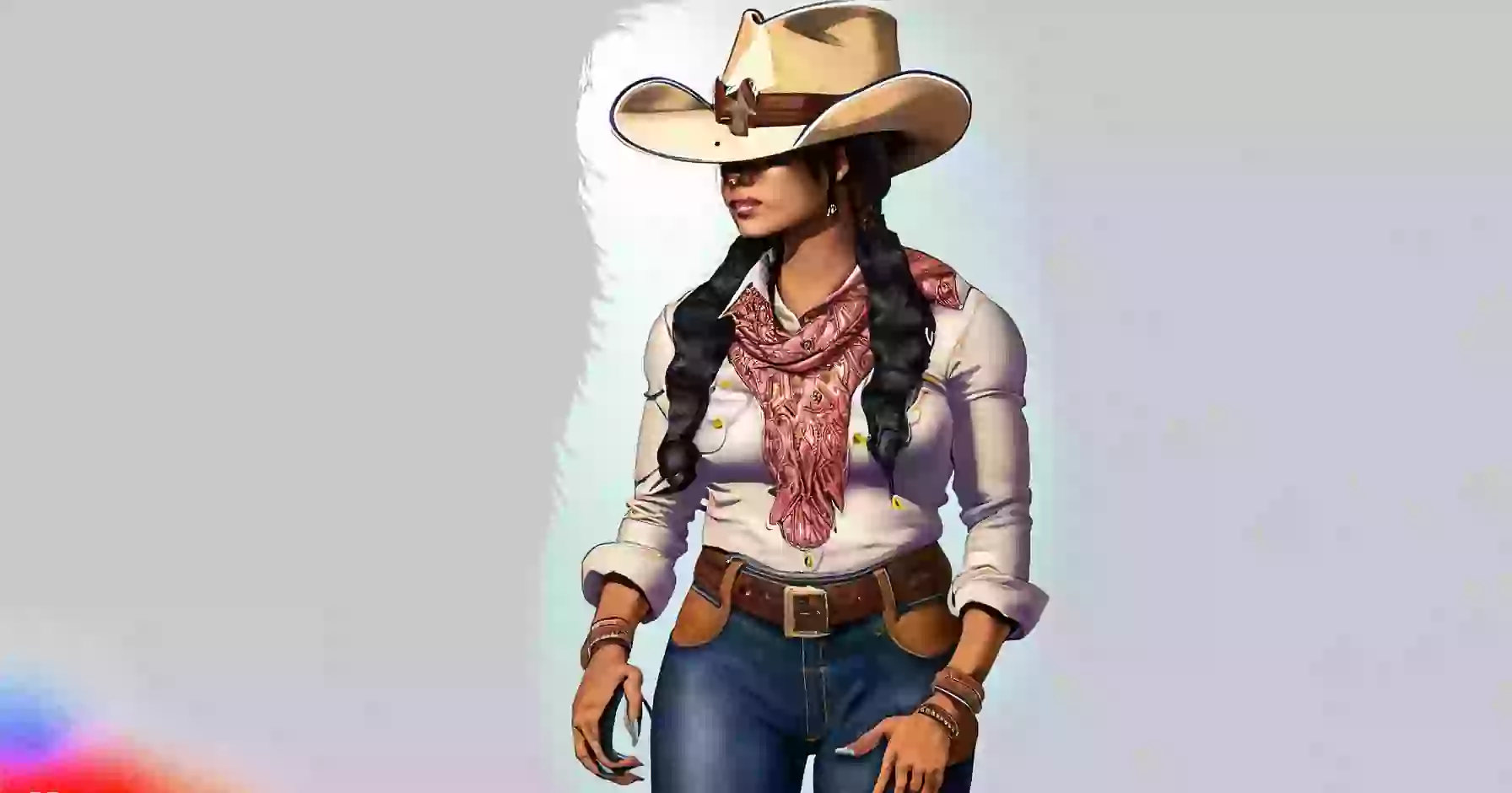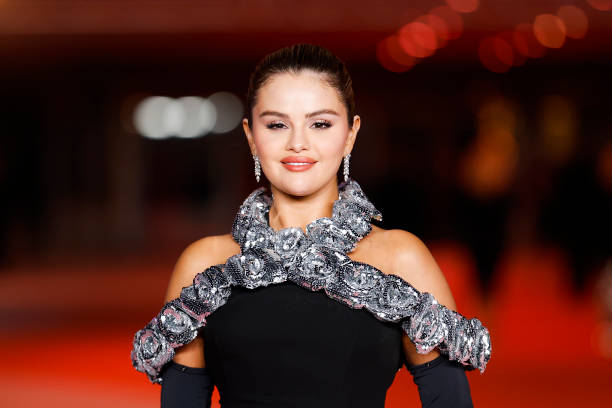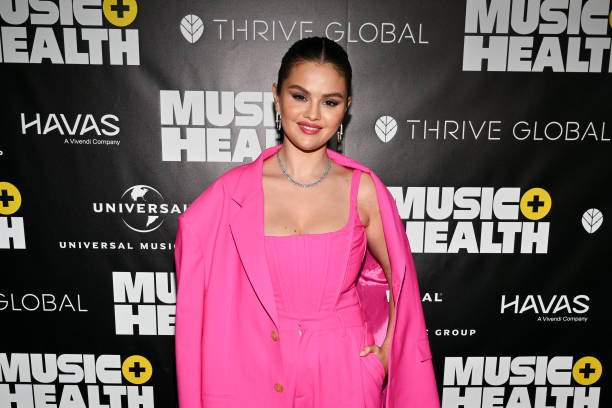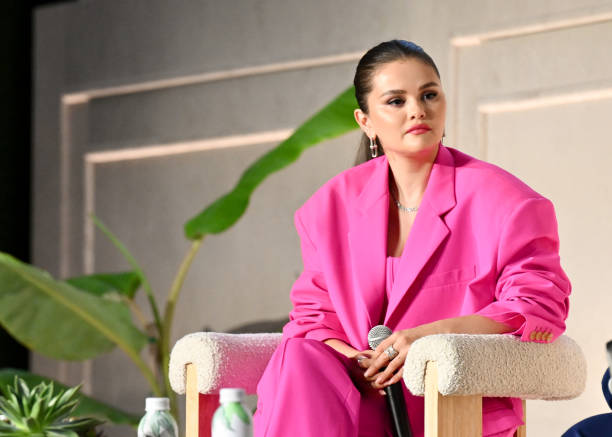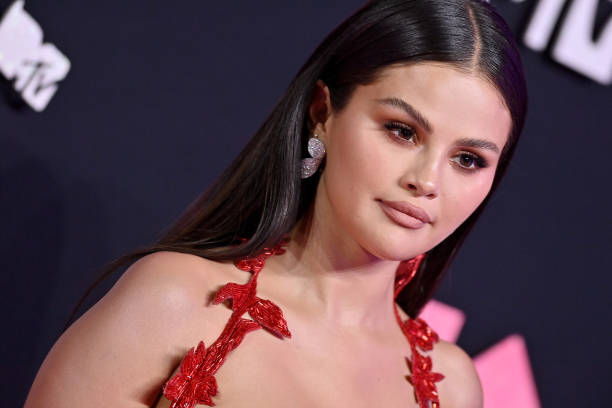The cowboy is a symbol of the American West, and their clothing is just as iconic. Cowboys wore practical clothing that was designed to protect them from the elements and to help them work on the range. Their clothes were also often decorated with elaborate stitching and embroidery, which added to their style.
Here are some of the most common items of clothing that cowboys wore:
- Cowboy hat
- Bandana
- Boots
- Chaps
- Jeans
- Shirt
- Belt
These are just some of the most common items of clothing that cowboys wore. The specific clothing that a cowboy wore would vary depending on the climate, the season, and the individual’s preferences. However, all cowboy clothing was designed to be practical and to protect the cowboy from the elements.
Clothes Cowboys Wear
Cowboy hat: The cowboy hat is perhaps the most recognizable item of cowboy clothing. It is a wide-brimmed hat that protects the face and neck from the sun and rain. Cowboy hats are often made of felt or straw, and they may be decorated with a band or a feather. The wide brim of the hat shades the face and neck from the sun, and the high crown helps to keep the head cool. The hat is also water-resistant, so it can protect the wearer from rain.
Bandana: The bandana is a versatile piece of clothing that can be used for a variety of purposes. Cowboys used bandanas to protect their faces from the dust, to keep their necks warm, or to tie around their heads to keep the sun out of their eyes. The bandana can also be used to carry small items, such as money or a knife.
Boots: Cowboy boots are tall boots that protect the legs from the elements and from thorns. They also have a pointed toe that helps the cowboy grip the stirrups of his horse. Cowboy boots are often made of leather and may be decorated with stitching or embroidery. The tall shaft of the boot protects the legs from the cold and from brush and thorns. The pointed toe helps the cowboy grip the stirrups of his horse, and it also helps to keep the boot from slipping off the foot.
Chaps: Chaps are leather leggings that protect the legs from brush and thorns. They are often made of cowhide or sheepskin, and they may be decorated with stitching or embroidery. Chaps are worn over the jeans to protect the legs from the elements and from brush and thorns. They also help to keep the legs warm in cold weather.
Jeans: Jeans are a durable fabric that is well-suited for the rigors of ranch work. Cowboys often wore jeans that were made of denim, and they may have been decorated with stitching or embroidery. Jeans are strong and durable, and they can withstand the wear and tear of ranch work. They are also comfortable to wear, even when they are wet or dirty.
Shirt: Cowboys wore shirts that were made of long-lasting fabrics such as cotton or wool. They often had button-down collars and pearl snap fasteners. The shirts were often decorated with stitching or embroidery, but they were also functional and could withstand the wear and tear of ranch work.
Belt: The cowboy belt is a sturdy belt that is used to hold up the pants and to keep the tools and weapons close at hand. Cowboy belts are often made of leather and may be decorated with silver or brass buckles. The belt is used to hold up the pants, and it also provides a place to keep tools and weapons, such as a knife or a gun.
These are just some of the most common items of clothing that cowboys wore. The specific clothing that a cowboy wore would vary depending on the climate, the season, and the individual’s preferences. However, all cowboy clothing was designed to be practical and to protect the cowboy from the elements.
In addition to the clothing mentioned above, cowboys also wore a variety of other items, such as gloves, neckerchiefs, and spurs. Gloves were worn to protect the hands from the cold and from injuries. Neckerchiefs were used to protect the neck from the sun and dust. Spurs were used to urge the horse forward or to keep it in line.
The clothes that cowboys wore were an important part of their identity. They helped to protect the cowboys from the elements and from injuries, and they also helped to make them look and feel like cowboys. The clothes that cowboys wore were also a way for them to express their individuality and their sense of style.
The Cowboy Hat: The Most Iconic Item of Cowboy Clothing
The cowboy hat is the single most iconic and recognizable piece of cowboy apparel. Wide-brimmed felt hats provide ample shade from the hot sun and protect cowboys’ eyes while riding. The high crown allows cooling airflow and the curved brim sheds rainwater. Stetson and Resistol are two of the most popular cowboy hat brands. Common cowboy hat styles include the cattleman, the ten-gallon and the sombrero. Cowboy hats clearly identify their wearers as ranch hands or rodeo cowboys.
A good, well-worn cowboy hat has stories to tell. Creases in the crown reflect long days riding the range. Dust and dirt indicate time spent driving cattle. Cowboy hats get better with age – the more worn and shaped to the owner’s head, the more character and heritage the hat possesses. For cowboys, a trusty hat is a constant companion and a mark of their Western lifestyle.
2. The Bandana: A Versatile Piece of Cowboy Gear
The bandana is a multipurpose piece of fabric carried by every cowboy. Usually made of cotton or silk, bandanas measure approximately two feet square. Their bright colors and bold paisley patterns make them easily seen when pulled from a back pocket or worn around the neck. Sturdy and lightweight, bandanas serve a variety of functions on the range.
Cowboys utilize bandanas to wipe dust and sweat from their faces and cover their noses and mouths against trail dust. When wet, they help cool overheated necks or foreheads. Folded up, bandanas make effective sun shields under hats. They can temporarily patch or wrap minor wounds, and even serve as emergency trail markers. There are thousands of uses for the versatile bandana – that’s why it remains an essential piece of cowboy gear to this day.
3. Cowboy Boots: Tall and Durable for Protection
Cowboy boots are standard footwear for ranch work and riding. Their tall leather shafts protect cowboys’ legs when walking through brush or riding through cactus. The high heels prevent feet from slipping through stirrups, and the pointed toes make it easy to slide into and out of boots quickly. Cowboy boots are constructed to be durable, long-lasting and comfortable.
The leather of good cowboy boots conforms to the wearer’s feet over time, providing a customized fit. Leather soles are sturdy and provide traction when walking. Decorative stitching and embellishments add style, but cowboy boots are valued for their functionality. Well-made cowboy boots can last for decades if properly cared for, making them a worth-while investment for anyone who spends long days riding the range. They provide critical protection for cowboys’ feet and legs.
4. Chaps: Leather Leggings for Leg Protection
In the early days of cattle ranching, cowboys wore chaps over their pants to protect their legs from thorns, briars and brush. These leather leggings shielded cowboys’ legs when riding through dense thickets to herd cattle. Today’s cowboys wear chaps to prevent contact with saddle gear and provide warmth and grip when riding horses.
Originally made of smooth suede or heavy leather, modern chaps feature fringe, tooling patterns and other decorative leatherwork. Chaps wrap around the outer legs and attach to belts rather than joining at the crotch. Different styles such as shotguns, woolies and batwings are chosen based on the climate and riding conditions. Despite changes in style, the main purpose of chaps remains protecting cowboys’ legs during long days in the saddle.
5. Jeans: Durable and Comfortable for Ranch Work
Rugged denim jeans are the backbone of every cowboy’s daily wardrobe. Introduced by Levi Strauss in the 1870s, jeans are cut full through the legs to allow freedom of movement when riding. The heavy denim fabric withstands the rigors of ranch work and wears well over time. Jeans have the perfect blend of durability, comfort and practicality.
A good pair of jeans will conform to its owner like a second skin. Cowboys depend on the long-lasting strength and comfort of jeans to get them through arduous days of riding, roping and herding cattle. Standard jeans with five pockets are worn by every cowboy. Whether faded and frayed from hard work or crisp from the dry goods store, a trusty pair of jeans belongs in every cowboy’s closet.
6. Shirts: Long-Lasting and Functional
The cowboy’s work shirt serves a dual purpose of protecting him from the elements while allowing him to perform physical tasks. Long sleeves shield arms from sun and brush. Snug cuffs keep dust and debris out of sleeves. Breathable fabrics like cotton or linen help him stay cool in hot temperatures. Sturdy fabrics hold up to long days in the saddle.
Many cowboy shirts incorporate functional features like extra pockets for tools and snap buttons for convenience. The classic plaid patterns and Western yoke designs stem from the cowboy lifestyle. Cowboy shirts combine stylish good looks with durability and functionality. A good shirt keeps the cowboy shaded, ventilated and protected as he works with livestock on the range. It reflects the purpose-driven nature of cowboy gear.
7. Belt: A Sturdy and Practical Piece of Gear
The cowboy belt is far more than just a fashion accessory – it is an essential piece of functional gear. A good hand-tooled leather belt provides sturdy support for the weight of a holster, sidearm and cartridge loops. The wide belt helps distribute the weight comfortably around the hips. The thick leather withstands the rigors of daily ranch work.
Belt buckles are often personalized with the cowboy’s brand or rodeo trophy buckles. Beyond holding up pants, belts provide an anchor point for lariats and tether ropes. Leather braces attached to belts help support jeans for deep squatting or kneeling chores. The cowboy belt is stylish but also highly practical gear for the working cowboy. A broken-in belt conforms to the cowboy’s body, staying put regardless of his range of motion.
8. Gloves: Protection for the Hands
A good pair of gloves is indispensable gear to the cowboy. His hands encounter all kinds of abrasive materials like rope, leather and brush over the course of a day’s work. Durable leather gloves shield the hands from blisters, calluses and cuts when performing tough manual tasks.
Fingerless styles provide flexibility for jobs requiring dexterity. Canvas gloves absorb sweat and are cooler in hot weather. Wool-lined leather gloves offer warmth during winter. A snug fit allows the cowboy to keep his sense of touch while avoiding direct contact with rough surfaces. Shaping to the owner’s hands over time, well-worn gloves provide customized protection. The cowboy considers gloves an essential piece of protective gear for his hard-working hands.
9. Neckerchief: Protection for the Neck
A cowboy’s neck encounters threats like the scorching sun, trail dust and irritated skin from chafing clothes. The versatile neckerchief offers solutions for all these problems. Folded into a triangle, it ties snugly around the neck to seal out dust. Soaked in water, it helps cool the neck on blistering hot days. Made of cotton or silk, the fabric wicks away sweat to prevent chafing.
Beyond practical purposes, colored neckerchiefs lend cowboys a dash of personalized style. Bandana-patterned designs are particularly popular. Twirling rope tricks utilize the neckerchief as a prop. An affordable accessory, cowboys own collections of neckerchiefs for variety. Easy to carry and multipurpose, the humble neckerchief deserves a spot in every cowboy’s gear bag.
10. Spurs: A Tool for Urging the Horse Forward
Spurs are an important piece of functional cowboy gear. The small metal wheel attached to the heel provides a harmless incentive for the horse to move forward or laterally. A slight touch cues the horse to respond promptly to the rider’s signal. Horses become familiar with their rider’s spur use, which can be lighter or firmer depending on the desired response.
While spurs can be ornamented with fancy engraving or rhinestones, their use is precise and practical. Cowboys rely on subtle spur stimulation to maintain seamless communication with their horses while performing cattle work. Used properly, spurs are a valuable tool that reinforces the horse’s training. The cowboy sees spurs not as weapons but as useful riding aids.
11. Stetson Hat: A Popular Brand of Cowboy Hat
Founded in 1865 by John B. Stetson, Stetson Hats are iconic headgear of the American West. These hats were first created when Stetson headed west for health reasons. He created a high-crowned, wide-brimmed hat providing protection from the elements. Its durability earned it the nickname “The Boss of the Plains.”
Stetson became the most well-known cowboy hat brand due to high quality and smart marketing. They popularized fur felt over cheaper wool felt. Custom styles created for legendary cowboys Buffalo Bill and Annie Oakley cemented their fame. Today’s iconic Stetson designs include the Open Road, Boss of the Plains, Cattleman, and 10-gallon styles. For many, Stetson epitomizes cowboy and Western heritage.
12. Resistol Hat: Another Popular Brand of Cowboy Hat
Resistol Hats stands alongside Stetson as a leading cowboy hat brand. Founded in 1927 by E.R. Byer and Harry Rolnick, the company name was short for “resists-all weathers.” Resistol gained fame outfitting rodeo cowboys in stylish, high-quality hats that kept shape even after hard use.
Iconic Resistol models include the Ranch Boss, the Gun Club, and the American Legion model. Notable wearers were Gene Autry, Bob Wills, and George Strait. Like Stetson, Resistol hats demonstrate top craftsmanship. Resistol uses premium rabbit furs and are renowned for maintaining their quality and appearance over time. For decades of rugged performance, Resistol remains a top choice among cowboys and rodeo riders.
13. Rawhide Chaps: A Traditional Type of Chaps
Rawhide leather chaps were the original chaps worn by cowboys to protect their legs. Also called “batwings,” raw suede leather from deer, elk or cattle would be formed into long leggings with gaps left at the crotch and back of knees. After soaking the rawhide to soften it, cowboys molded it into shape as it dried.
Rawhide forms a custom fit when worn. It molds to the legs and conforms to the saddle, offering excellent grip. Though less decorative than other leather chaps, rawhide provides superior protection for cowboy’s legs when riding through brush. Traditionalists still prefer the durability and functionality of old-fashioned rawhide chaps today.
14. Leather Chaps: A More Durable Type of Chaps
Leather gained favor over rawhide for its increased durability and decoration. cowboy gear influenced by Native American culture featured fringe, beading and elaborate stitching. Leather allowed artisans to tool decorative patterns into chap leather. Smooth leather provided greater weatherproofing than suede.
While leather doesn’t conform to the legs like rawhide, it tolerates more rugged use. Its surface stands up to brush and wear without damage. Leather lasts for decades and wears in nicely. Both historic and modern cowboy culture favor leather’s stylish appearance. Whether plain or fancy, leather chaps are a superior product combining decoration and functionality. They remain a staple of cowboy gear.
15. Denim Jeans: The Most Common Type of Cowboy Jeans
Thanks to Levi Strauss, denim jeans became the ubiquitous cowboy pant in the late 1800s. Denim is a rugged, thickly-woven cotton twill textile. The indigo blue material holds up to heavy ranch use and frequent washing. Its loose fit and flexibility enabled freedom of motion. Jeans became the pant suited for cowboy tasks.
With the rise of Western movies and working rodeo cowboys, jeans became closely associated with cowboy culture. Even today, the classic five-pocket jean is a cowboy wardrobe staple. Faded and frayed with wear, a favorite pair of jeans molds to a cowboy’s body over time. Though other materials are worn, denim remains the definitive cowboy jean.
16. Linen Jeans: A More Breathable Type of Cowboy Jeans
In hot climates, cowboys required more breathable summer pant options. Lightweight linen provided a cooler alternative to denim jeans without sacrificing durability. Inspired by trousers from the Old West frontier, linen jeans remain popular in warm weather. The natural fiber breathes well and is more absorbent than cotton.
With frequent washing, linen jeans gain characteristically soft texture and a relaxed drape. They withstand rugged use on the ranch or trail ride just like cotton denim. Cowboy gear companies like Stetson and Wrangler make linen jeans blends for optimal comfort. For sweltering summer days moving cattle, linen jeans keep sweat down and prevent overheating. They are a functional option for cowboys working in hot conditions.
17. Wool Shirt: A Warm and Durable Type of Cowboy Shirt
Before central heating and insulation, wool shirts provided necessary warmth for cowboys working outside through harsh winters. Wool was also favored for its natural resistance to flames, an asset around campfires. A wool shirt insulates even when wet. The fibers allow some breatheability to prevent overheating.
Durable wool stands up to heavy ranch use. Plaid patterns and plain dark colors camouflaged dirt and stains. A wool shirt layered under a jacket or vest kept a cowboy’s core warm however low the temperature dropped. Today wool plaid remains popular for its heritage. Wool endures as a fundamental cold weather shirt material.
18. Cotton Shirt: A Cool and Comfortable Type of Cowboy Shirt
Cotton eventually succeeded wool as the preferred material for cowboy work shirts. Softer and lighter than wool, woven cotton proved more comfortable during long days for cowboys riding the range. Cotton allowed greater airflow, helping prevent sweat and overheating in warm climates. Its absorbency wicked away dampness from sweat.
Cotton stood up to repeated washing over time and remained colorfast. Checks and plaids remained popular, but cotton also allowed bolder printed patterns and brighter colors. Durable, breathable and easy to launder, cotton became the mainstay fabric for cowboy shirts as the West opened up. Affordable and comfortable, it remains so today. The cotton Western snap shirt is standard cowboy gear.
19. Snap Button Shirt: A Convenient Type of Cowboy Shirt
Replacing smaller buttons, snap fasteners first appeared on Western-style shirts in the 1920s. Large snaps provided greater convenience for men working with gloves on. They were easier to secure than fussy rows of buttons. Snaps withstood rugged use and laundering. They allowed quick open-and-shut access compared to button bands.
The Western snap shirt rapidly gained popularity among real working cowboys. Snap fronts prevented uncomfortable gaping when bending over. Snaps facilitated changes in temperature conditions. They provided fast access to medical care when injured. Both durable and convenient, snaps became a defining feature of the cowboy shirt. They remain Western wear essentials today.
20. Western Shirt: A Traditional Type of Cowboy Shirt
The Western shirt brings together all the quintessential features that define cowboy workwear. Design elements may include snap buttons, fringed yoke seams, colorful embroidery and contrast stitching along pockets. Pearled snap buttons replaced old-fashioned buttons for convenience. Bold colors and contrasting yokes echoed Native American themes.
Designs highlighted the shirt’s functionality for ranch work. Western styles include the standard long sleeve, pullover, and sleeveless cuts. Features like extra pockets carry small tools or pens. Western shirts brought together cultural themes, decorative details, and practical features beloved by generations of real cowboys. The Western shirt encapsulates the heritage of the American cowboy.
21. Bolo Tie: A Popular Neckwear Option for Cowboys
Also called a bola tie, this neckwear alternative emerged in the 1940s as a Southwestern cowboy accessory. A bolo tie features a braided cord or leather thong secured by an ornamental clasp or slide. Decorative metal tips on the tie’s ends replicate a bola weapon used by South American gauchos to lasso cattle. Bolos became a stylish cowboy accessory.
Bolo slides allow personalization with the wearer’s initials or ranch brand. Bold stone or metal embellishments suit cowboy tastes. Quick and easy to put on, bolos pair well with snap-front shirts. Their casual style suits the laidback cowboy lifestyle. The bolo remains a beloved cowboy accessory due in part to its heritage link to ranch life.
22. Spurs with Jingle Bells: A Fun and Decorative Option for Cowboys
Spurs with dangling jingle bells represent the light-hearted, playful side of cowboy culture. Made popular by singing cowboys in Wild West shows, spurs with bells or rattling rowels add sound effects when walking or riding. More style than function, jingling spurs announce the wearer’s approach.
Originally buffalo bone discs or pellet bells were strung on rawhide cords. Modern versions use metal jingle bells for durability and chime quality. Silver engraved bell spurs lend a flashy touch for rodeo riders. Jingling steps encourage horses to prick up their ears and pick up speed. Spurs with bells add audible flair, spreading cheer with every stride.
23. Cowboy Belt Buckle: A Personalizable Way to Customize Your Belt
Beyond function, the belt buckle became a way for cowboys to express personal flair. Buckles ranged from simple and elegant engraved designs to flashy, oversized trophy buckles. They might be adorned with semiprecious stones or personalized engravings. Cowboy heroes like Gene Autry wore signature buckles made by premier craftsmen.
Winning a rodeo prize saddle often meant receiving a commemorative buckle. Cowhands crafted buckles from silver coins. Large belt buckles served as wearable trophies of accomplishments. Carrying special meaning for the owner, customized buckles tell the cowboy’s unique story. The belt buckle ultimately became another way the Western lifestyle valued individualism and personality.
24. Cowboy Boots with Fringe: A Stylish and Traditional Option
Fringe originated from Native American boot designs which incorporated tassels made of buckskin leather strips. The soft texture of suede lent itself to fringing
Fringe originated from Native American boot designs which incorporated tassels made of buckskin leather strips. The soft texture of suede lent itself to fringing. Adopted into cowboy culture, fringe added flair to boots as well as chaps.
Row upon row of flowing fringe swaying with movement gave plain leather an eye-catching makeover. Fringe along boot tops or seams highlighted fancy footwork. The swinging fringe accents suited the flashy rodeo riding style where movements are exaggerated for show. Soft suede fringe brings fluidity and visual interest to cowboy boots.
25. Cowboy Boots with Silver Toes: A Fancy and Decorative Option
Adding decorative sterling silver toe caps or inlaid bands elevated plain cowboy boots to new heights of artistic flair. Developed by bootmakers in the 1900s, silver toes lent an ornate custom style. Texas craftsman Bill Gentry pioneered the jewelry-like decoration with engraved and etched silver toe boxes.
The flashy accents suit cowboy individualism and the rodeo look. Silver toe tips catch the light when walking. Engraved panels display cowboy themes. Expensive and luxurious, silver toes always make a statement. They transform rugged, functional boots into true cowboy treasures. For fancy occasions, silver toes help convey cowboy pride and personality.
26. Cowboy Boots with Snake Skin: A Unique and Exotic Option
Snakeskin cowboy boots date back to the 19th century cattle drive era. Exotic hides like rattlesnake, python, lizard and alligator appealed to cowboys seeking one-of-a-kind boots. Snakeskin was challenging to work with due to its delicate scales. When successfully crafted, the scales gave the boots a textured, reptilian look.
The exotic leathers attracted cowboys intrigued by adventure. Snakeskin symbolized dangerous Western environments where snakes pose constant risk. Rattlesnake boots touted protection from bites. A more urban legend than fact, the unique appearance captivated cowboys just the same. For an uncommon, upscale appearance, snakeskins remain elite embellishments for cowboy footwear.
27. Cowboy Boots with Tooled Leather: A Handcrafted and Personalized Option
Leather tooling by gifted bootmakers transforms cowboy boots into works of art. Using a variety of edged tools, artisans engrave or stamp patterns into leather boot tops and vamps. Floral motifs, scrollwork and geometric designs emulate motifs from Mexican leathercraft. Cowboy legends and ranch brands personalize the boots.
Heavily tooled boots advertise the bootmaker’s skill. The hand-worked leather gains dimension and shadow from carving. Different techniques include swivel knife cutting, stamping and embossing. Fine detailing showcases artistic talent honed over decades. Tooled cowboy boots are coveted for their craftsmanship and custom styling. They rank among the most prized cowboy boots.
28. Cowboy Boots with Embroidery: A Decorative and Eye-catching Option
Decorative embroidery became a defining cowboy boot style of the early 1900s. Elaborately stitched patterns embellished boot tops with artistic flair. Complex roses, vines, scrolls and other designs demonstrated remarkable needlework talent. Bold colors and designs popped against leather backgrounds.
Boot shafts allowed ample space for embroidery artists to showcase skills. Cowgirls often displayed exceptional talent with needle and thread. Concho studs, beads and other trims might accentuate designs. Embroidered cowboy boots mirrored the elaborate clothing of the Victorian era. For dress occasions, embroidered boots remain hallmarks of cowboy culture.
29. Cowboy Boots with Tassels: A Traditional and Stylish Option
Swinging tassel accents on cowboy boots recall the Native American origins of Western style. Rows of buckskin or leather tassels mimic fringe along moccasins and leggings. Bootmakers incorporated the swaying fringe into cowboy boot design. Artful spacing creates an eye-catching cascade down the shaft.
Tassels swing and sway with movement, emphasizing fancy footwork. They add texture and fluidity to boots accompanying a swaggering gait. Both bold and refined tassel-adorned boots suit the grand rodeo entrance. The distinctive accent nods to cowboy tradition in a flashy way. Tassels make a statement whenever cowboy boots walk into town.
30. Cowboy Boots with Roping Heels: A Functional and Practical Option
The roper boot with its low, wide heel suits working cowboys who need to chase and lasso cattle. The design allows cowboys to stand comfortably in stirrups for long stretches of time. The flexibility makes it easy to quickly dismount. The heel shape prevents getting caught when stepping in and out of stirrups.
Dating back to the Spanish vaquero traditions, roper boots offer maximum functionality for herding and roping jobs. They provide traction when chasing livestock by foot. The heel shape distributes a cowboy’s weight for secure footing. Though less flashy, roping heels deliver pure utility. Serious cowboys looking for purpose over style choose roping heel boots.
Conclusion.
The clothes that cowboys wear are a reflection of their lifestyle and the environment they work in. They are designed to be practical and protect the cowboys from the elements, but they also have a certain style and panache that has made them iconic.
The most common items of cowboy clothing include:
- Cowboy hat: A wide-brimmed hat that protects the face and neck from the sun and rain.
- Bandana: A versatile piece of clothing that can be used for a variety of purposes, such as keeping the face cool or dust-free.
- Boots: Tall boots that protect the legs from the elements and from thorns.
- Chaps: Leather leggings that protect the legs from brush and thorns.
- Jeans: Durable pants that can withstand the wear and tear of ranch work.
- Shirt: A long-sleeved shirt that protects the torso from the sun and cold.
- Belt: A sturdy belt that holds up the pants and can also be used to carry tools or weapons.
These items of clothing may be made from different materials, such as felt, straw, leather, or denim. They may also be decorated with stitching, embroidery, or other embellishments. The specific clothing that a cowboy wears will vary depending on the climate, the season, and the individual’s preferences.
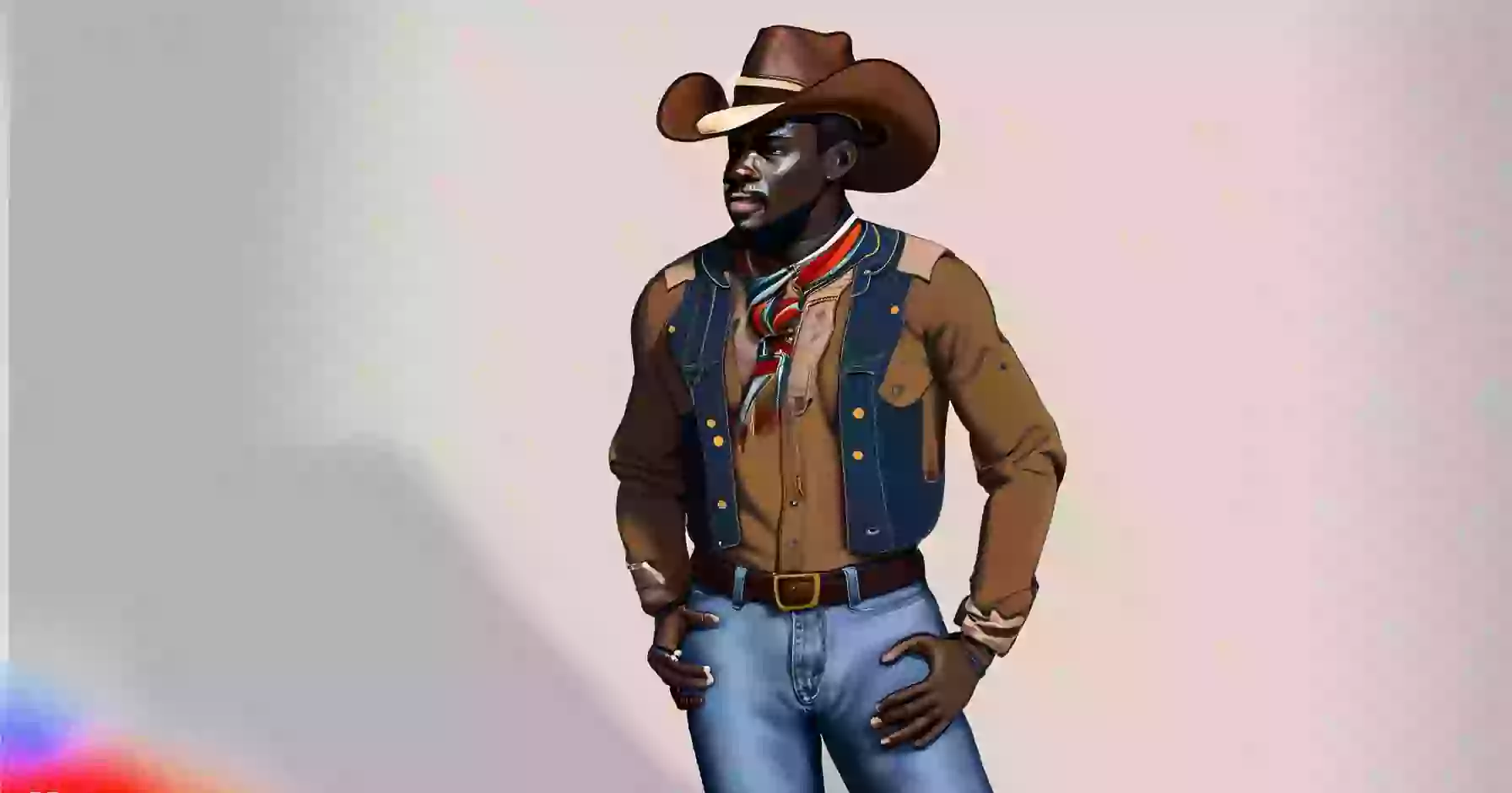
Today, cowboy clothing is still popular among people who appreciate the Western lifestyle. It is also worn by people who want to look stylish and unique. Whether you are a cowboy or not, there is no denying that the clothes that cowboys wear are iconic and stylish.
Here are some additional thoughts on the conclusion:
- The clothes that cowboys wear are a reminder of the history and culture of the American West.
- They are also a symbol of the rugged individualism and hard work that is often associated with the West.
- The clothes that cowboys wear are still popular today, and they are worn by people of all ages and backgrounds.
- They are a way for people to express their appreciation for the Western lifestyle and to connect with their own sense of adventure. >>>>> Who Was the First Cowboy? to learn more.
I am an accomplished author at Fact Finders Company LLC, a renowned publishing house based in New York City. With a passion for research and a talent for writing, I have contributed to numerous non-fiction titles that explore a wide range of topics, from politics and history to science and technology. My work has been widely praised for its accuracy, clarity, and engaging style. Nice Reading here at Fact After Fact.



